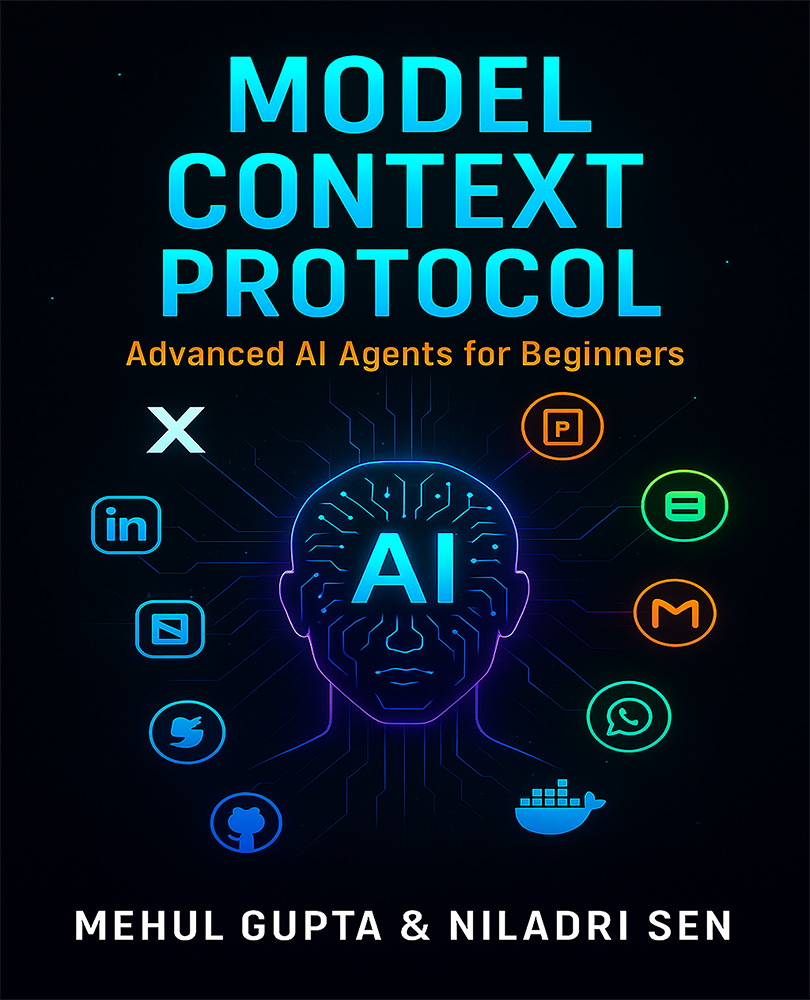Think Silicon, a firm that delivers ultra-low power graphics IP technology recently open sourced GLOVE (GL Over Vulkan). GLOVE, a middleware allows Android, Linux, and Windows OS developers to seamlessly run OpenGL ES on supported hardware by translating OpenGL ES API calls to Vulkan API commands at runtime.
Why GLOVE (GL Over Vulkan)?
OpenGL and OpenGL ES are the most widely used standards for the development of graphics-based applications. Increased complexity of driver's implementation based on OpenGL and OpenGL ES led to the introduction of Vulkan (a lower-level API that transfers much of the driver's functionality to the application-side). However, in most situations, a direct transition to Vulkan requires additional efforts by the developers and vendors. This means they are forced to maintain driver support for both Vulkan and OpenGL.
With the introduction of GLOVE, developers can seamlessly transition their software between both Vulkan and OpenGL APIs. Following this, vendors are able to discard duplicate OpenGL ES drivers and rely solely on a lighter implementation of the Vulkan API.
Unlock access to the largest independent learning library in Tech for FREE!
Get unlimited access to 7500+ expert-authored eBooks and video courses covering every tech area you can think of.
Renews at $19.99/month. Cancel anytime
Additional features of GLOVE
GLOVE allows running OpenGL ES calls not only on Android and Linux systems but also on Windows operating systems, which was not possible before.
It also offers the possibility to run legacy applications and games on top of Vulkan at a glance. This saves a lot of effort and provides backward compatibility.
It allows you to quickly explore Vulkan driver capabilities and performance by using existing OpenGL ES code.
Its modular design can be easily extended to encompass implementations of other client APIs as well.
Dimitris Georgakakis, Team Lead, Graphics Software Stack, Think Silico said, "We are excited to release GLOVE™ as Open Source Project to the graphics developer community and we will continue our efforts to support more platforms and features to ensure GLOVE™ can be useful in a lot of use cases.”
Read more about GLOVE (GL Over Vulkan) on ThinkSilicon release notes.
Implementing Unity 2017 Game Audio [Tutorial]
Unity assets to create interactive 2D games [Tutorial]
 United States
United States
 Great Britain
Great Britain
 India
India
 Germany
Germany
 France
France
 Canada
Canada
 Russia
Russia
 Spain
Spain
 Brazil
Brazil
 Australia
Australia
 Singapore
Singapore
 Canary Islands
Canary Islands
 Hungary
Hungary
 Ukraine
Ukraine
 Luxembourg
Luxembourg
 Estonia
Estonia
 Lithuania
Lithuania
 South Korea
South Korea
 Turkey
Turkey
 Switzerland
Switzerland
 Colombia
Colombia
 Taiwan
Taiwan
 Chile
Chile
 Norway
Norway
 Ecuador
Ecuador
 Indonesia
Indonesia
 New Zealand
New Zealand
 Cyprus
Cyprus
 Denmark
Denmark
 Finland
Finland
 Poland
Poland
 Malta
Malta
 Czechia
Czechia
 Austria
Austria
 Sweden
Sweden
 Italy
Italy
 Egypt
Egypt
 Belgium
Belgium
 Portugal
Portugal
 Slovenia
Slovenia
 Ireland
Ireland
 Romania
Romania
 Greece
Greece
 Argentina
Argentina
 Netherlands
Netherlands
 Bulgaria
Bulgaria
 Latvia
Latvia
 South Africa
South Africa
 Malaysia
Malaysia
 Japan
Japan
 Slovakia
Slovakia
 Philippines
Philippines
 Mexico
Mexico
 Thailand
Thailand














